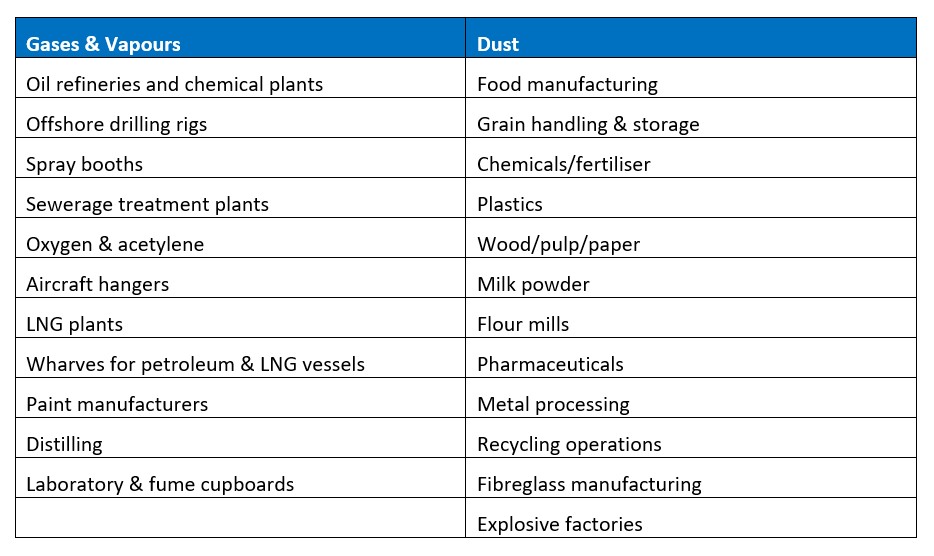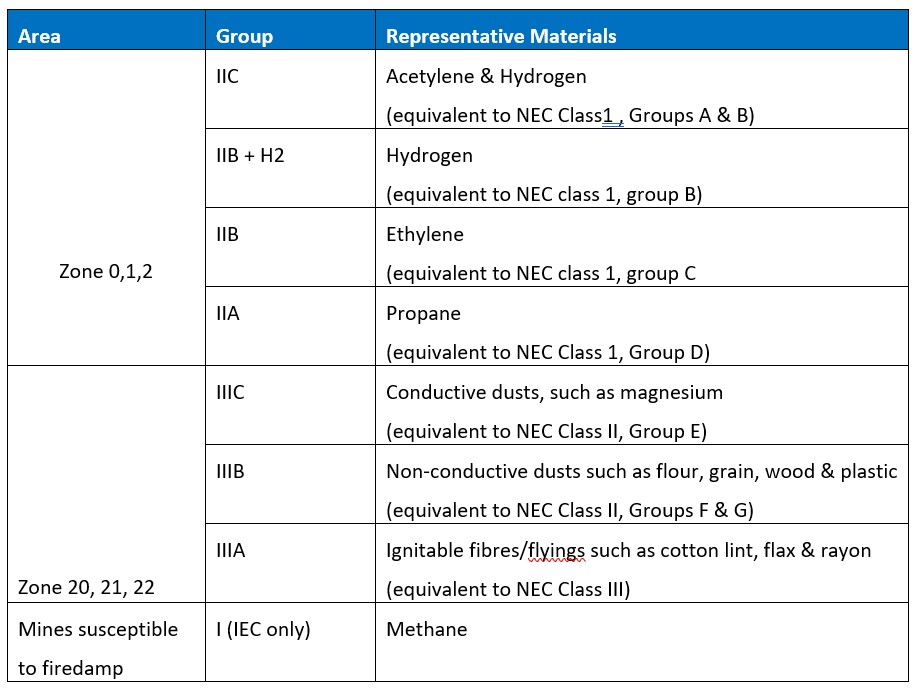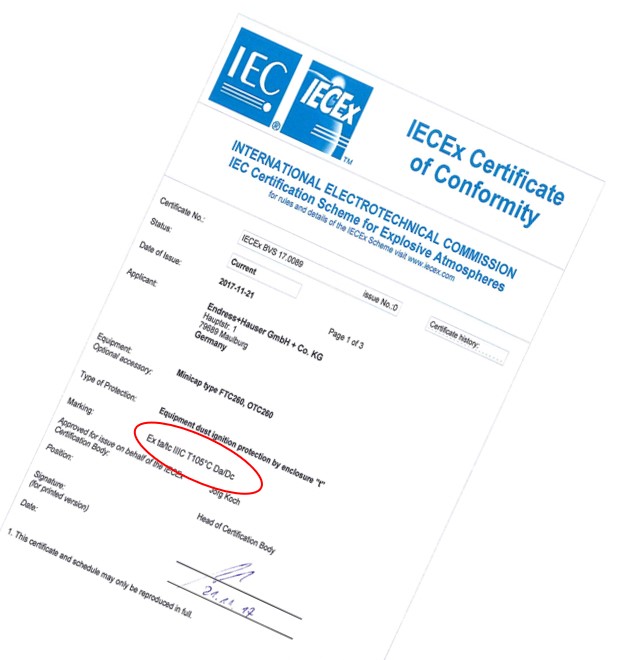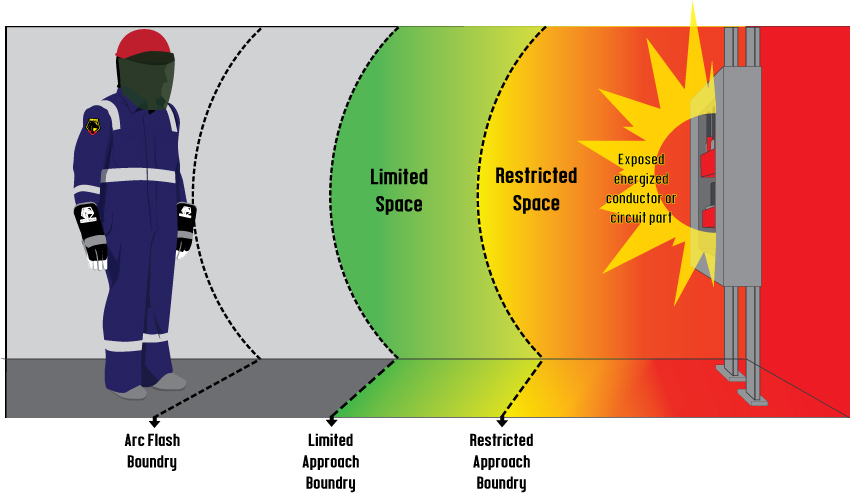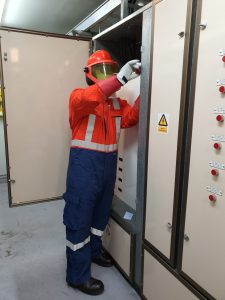Planned (Preventative) Maintenance
Planned maintenance allows you to maximise the performance of your plant by ensuring that it stays running safely for as long as possible without any unplanned downtime.
Planned maintenance means you consider how to ensure your machines run effectively and plan when the work or maintenance needs to be done so it has the least impact on production. For instance, changing the oil in your car when the oil light comes on is not planned maintenance, you are now having to take action because an alert has been sounded. Scheduling and changing the oil in your car because it has done a certain amount of kms and is due for an oil change is preventative maintenance.
The planned maintenance schedule for your business will depend on the specifics of your plant and equipment. Factors that may contribute to it include:
- Running hours
- Number of items produced
- Distance travelled
- Seasonal
- Or other measurable factors.
The types of planned maintenance that may need to be carried out include:
- Changing lubricant
- Part upgrade/replacement
- Machine upgrades
- A check of all equipment should also be done to proactively identify any potential performance problems.
Planned maintenance activities may also be developed after experiencing ongoing faults. For example, EAS were called out to look at a variable speed drive (VSD) running an extraction fan which kept overheating and tripping in summer. While doing this job, our team conducted a check of the VSD cooling system – checking whether filters needed to be changed, removing dust build up from fans, clearing cooling fins and checking the cooling system was fit for purpose. By programming these activities into a planned maintenance schedule, the recurrence of breakdown was reduced.
As part of EAS’ planned maintenance activities for our customers we:
- Check the correct installation and operation of circuit components
- Conduct thermography reports
- Carry out a general check of various cabinet/area cooling systems
- Check the condition of all electrical components associated with the CCT for example noting worn cables, contactors, relays, tripped overloads, any loose cable terminals, noisy/vibrating motors;
- Conduct lighting inspections
- Check all isolators/e-stops, safety barriers/guards are in place, function and are fit for purpose.
These checks enable maximum efficiency as the EAS team are able to gather the necessary parts, operate to best practices and ensure the asset is shut down safely before starting work. Because the work is planned the actual maintenance is generally completed quicker, safer and more effectively that if the asset failed unexpectedly.
Major Benefits of Planned Maintenance
The main benefit of planned maintenance is that it allows work to be scheduled to minimise its impact on production. This may mean scheduling planned maintenance during times of the year when there is less demand, where there is an upcoming window where the plant will be off or carrying out maintenance at night when most of the facility is not operating.
Other direct benefits of planned maintenance include:
- Reduced unplanned equipment downtime
- Improved overall equipment performance.
- Reduced repair costs as problems are fixed while they are minor.
- Better planning of spare parts use and ordering.
- Ensuring manufacturer’s requirements for warranty compliance are met.
- Reduced overall maintenance costs.
- Improved cashflow for the business as costs can be planned for and spread throughout the year.
Implementing a Planned Maintenance System
Implementing a planned maintenance system requires the involvement of everyone affected by the timing and quality of maintenance. This includes the maintenance department, production, safety and external contractors. Of course, senior management who will be approving any costs associated with the work will also need to be involved.
Working with EAS on your Planned Maintenance programme
EAS are experts in maintenance and reliability. Our experience working as part of a manufacturing team means we understand your timeframes, the need to balance budgets and we’re always on the look-out for ways to benefit your business.
When EAS carry out your planned maintenance, we can upload your data into our management software so we can alert you when your next inspection is required.
If you would like help with carrying out your planned maintenance or developing a planned maintenance plan for your business, get in touch with the EAS team today on 07 834 0505 or [email protected]

